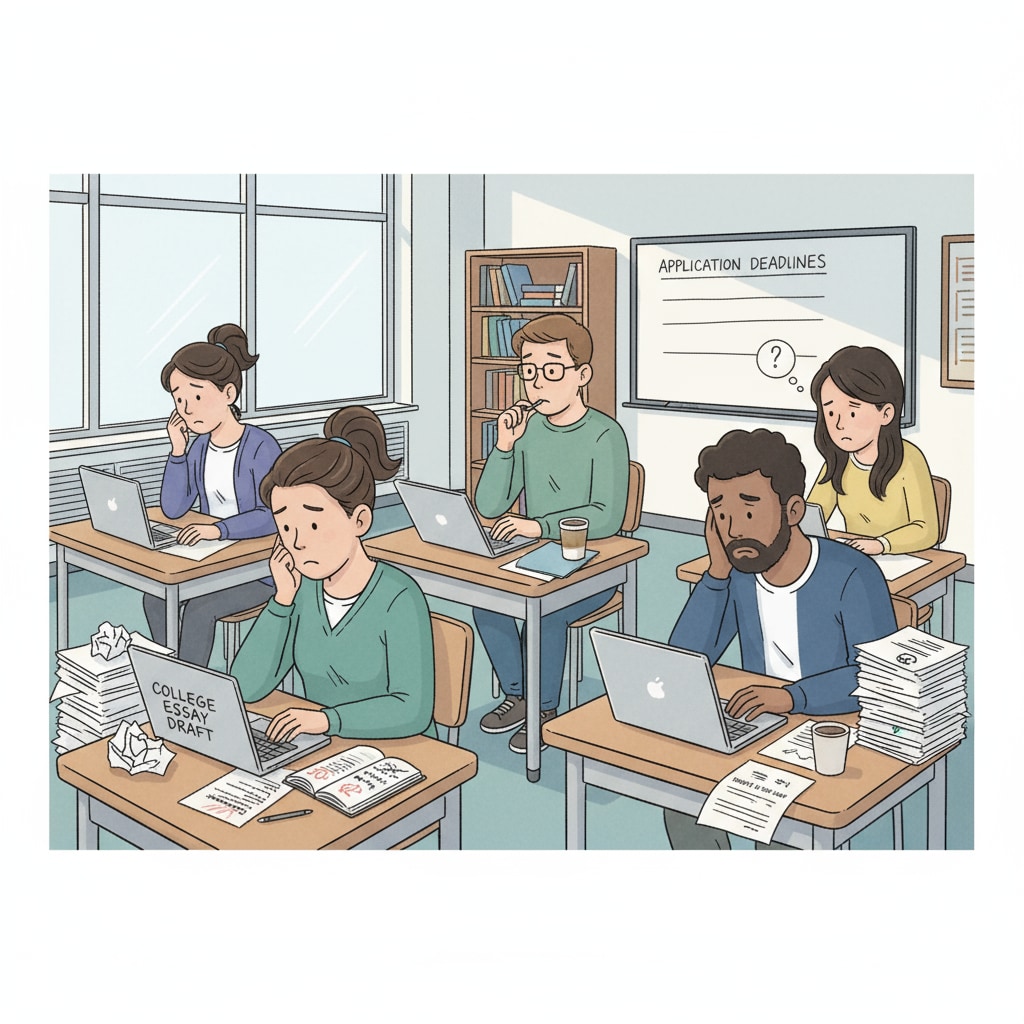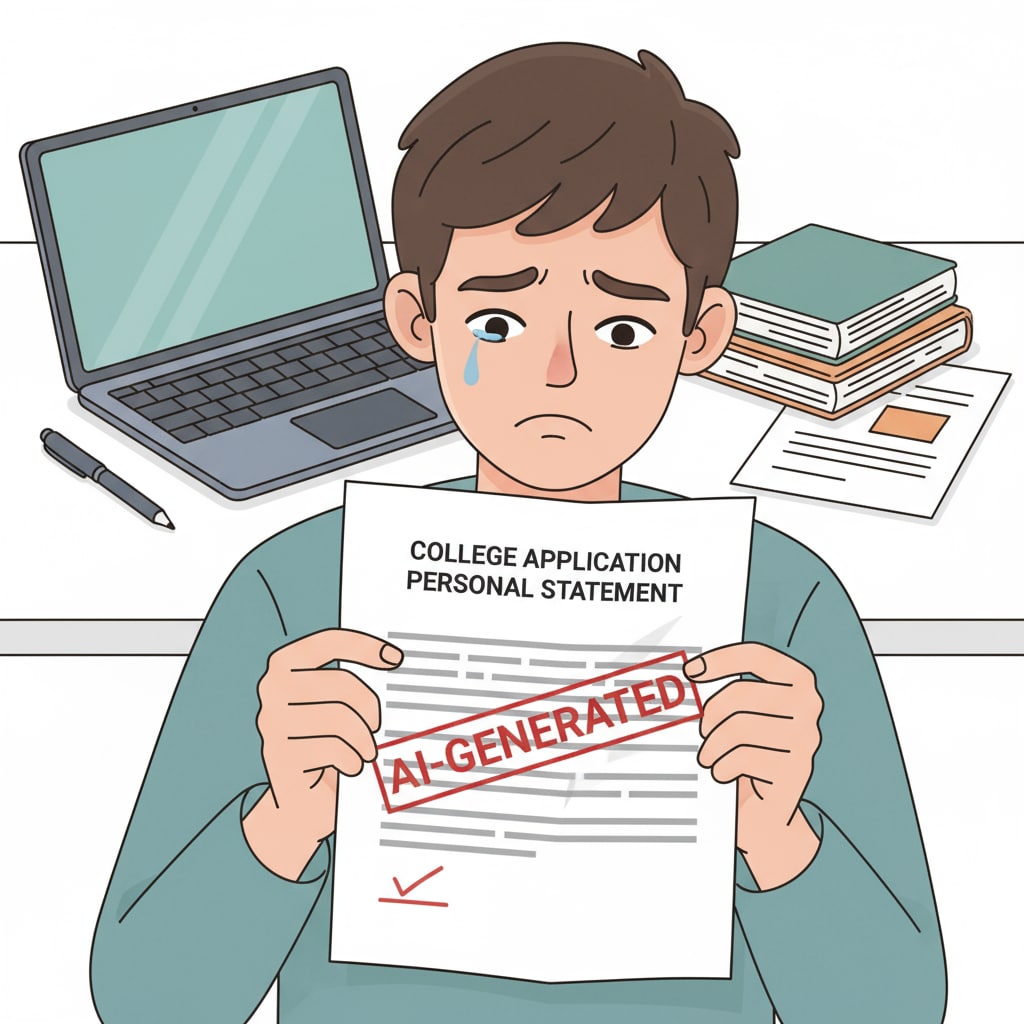In the current landscape of college applications, the combination of personal statements, AI detection, and college admissions has presented a significant challenge for students. With the increasing use of AI detection tools in the higher education admission process, an alarming number of students are finding their original application essays wrongly labeled as AI-generated. This has become a major concern for K12 students as they strive to showcase their true selves through their personal statements.

The Rise of AI Detection in College Admissions
The adoption of AI detection tools in college admissions has been a response to the growing threat of AI-generated content. Colleges and universities are eager to ensure the authenticity of the personal statements they receive. As a result, these tools have become a standard part of the application review process. However, their over-reliance has led to a series of problems. For example, many students with truly original work are being unjustly penalized.
The Impact on K12 Students
This issue has far-reaching consequences for K12 students. Firstly, it can cause significant stress and anxiety. Students spend countless hours crafting their personal statements, pouring their hearts and souls into them. When these are suddenly marked as AI-generated, it shatters their confidence. Moreover, it can affect their college prospects. A false flag could lead to a rejection or at least delay the admission process. For instance, a student who has worked hard to write a unique story about their experiences may see their application overlooked due to this misjudgment.

Another aspect is the educational implications. K12 students may start to doubt the value of their writing skills and creativity. They may be discouraged from expressing themselves freely in their future academic work. This is a serious setback in their development as young writers and thinkers.
Readability guidance: As seen above, we use short paragraphs to convey key points. We also include relevant external links to support our arguments. In the following sections, we’ll continue to use a clear structure with H2 headings to break down different aspects of this issue.
Reasons for False AI Detection
- One reason is the inaccuracy of the detection tools themselves. These tools often rely on patterns and algorithms that may not be sophisticated enough to distinguish between human-written and AI-generated text accurately. For example, if a student uses a more advanced vocabulary or complex sentence structures, the tool might misinterpret it as AI-generated.
- Another factor is the lack of context. AI detection tools usually analyze the text in isolation, without considering the student’s background, writing style, or the specific requirements of the application. This lack of holistic assessment can lead to false positives.
Coping Strategies for Students
- Firstly, students should keep records of their writing process. This could include drafts, notes, and any feedback they received. By presenting this evidence, they can prove that the work is their own. For example, if they have multiple versions of the personal statement showing the evolution of their ideas, it becomes easier to defend against the false claim.
- Secondly, students can reach out to the admissions offices directly. Politely explain the situation and provide the necessary documentation. The College Board also offers some guidance on how to handle such issues during the college application process.
- Finally, students can seek support from their teachers or school counselors. These educators can vouch for the student’s writing abilities and provide additional evidence to support their case.
In conclusion, the problem of personal statements being misjudged as AI-generated in the context of college applications is a complex one. It requires a combined effort from students, educators, and admissions offices to address. By being aware of the issue and taking appropriate measures, students can protect their chances of getting into their dream colleges and continue to develop their writing skills without fear of unjust false flags.


